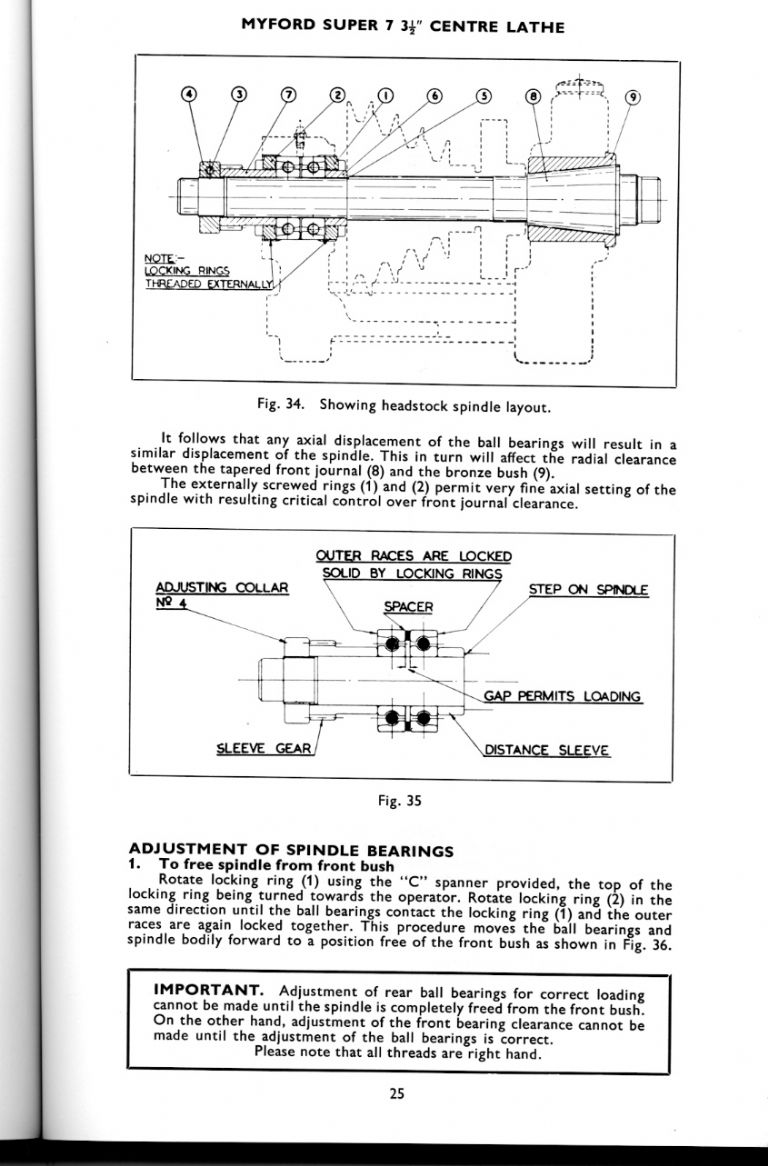The aspect that needs thinking about when the rear end is adjusted to get the cone right is that all 3 nuts play a part. The end nut forces the spindle shoulder up against the bearings closing them up. The very rear ring positions the bearings. The other ring just fixes the stuff in place so can be left to last but each time an adjustment is made the other 2 need setting appropriately.
Using the tail stock helps because it's likely to thin any oil film other than probably the one in the cone and it will take up any play in the end ring's thread so it wont move when the other ring is tightened – we hope.
Ideally when the cone is positioned correctly there should be some drag. So after an adjustment with the tailstock applying pressure tighten the ring that keeps things in place, withdraw the tailstock and rotate by hand. If after getting this right the cut is still not adequate just make a very small marginal adjustment to the rear ring with the others loose and then tighten them up in the right order. This all assumes that the rear bearing pair are held tightly together otherwise it falls flat on it's face. Hopefully the tail stock pressure will take care of that. Oil films are measure in 1/10 thou, less in some cases. That should give an idea how much difference a turn of a ring can make.
If the cone bearing in the headstock has worn oval that will mess this up and probably mean that the set up needs to be run a little looser than ideal.
There is a fair chance after doing this that it will need doing again once things have settled down – tiny adjustments again. The viscosity of the oil drops a lot once a lathe is in use for a while and that will make a difference usually loosening bearings but on some with roller races etc they can actually tighten a little. The spindle expands due to heat.
John
–
Edited By John W1 on 01/06/2015 23:07:54
Edited By John W1 on 01/06/2015 23:16:09
mick.





